Dr. Alina Dolea launched officially the institutional collaboration between the International Communication Association’s (ICA) Public Diplomacy Interest Group and International Studies Association’s (ISA) International Communication Section (ICOMM) during the ICA virtual conference in May 2020: in the inaugural ICA & ISA roundtable, public diplomacy scholars across the world had a chance to discuss not only the linkages between different theories and institutions, but also to reflect on innovative practices to continue academic conversations with the reality of COVID-19 influencing nearly every aspect of our lives.
 A video recording of the roundtable on Public Diplomacy and “what is next after COVID-19” is now available here. Co-chaired by Alina and Efe Sevin of Towson University, Maryland, USA (ISA ICOMM Section Chair 2019-2020), the roundtable gathered Caitlin Byrne (Griffith University, Australia), Constance Duncombe (Monash University, Australia), Natalia Grincheva (Higher School of Economics, Moscow, Russia) and Steve Pike (Syracuse University, USA). Among the topics discussed were soft power in Australia and Asia Pacific region, ZOOM diplomacy, social media and a need for ‘slower thinking’ in PD, museum soft power mapping, competing discourses in PD, or US PD; a detailed summary of interventions can be read here.
A video recording of the roundtable on Public Diplomacy and “what is next after COVID-19” is now available here. Co-chaired by Alina and Efe Sevin of Towson University, Maryland, USA (ISA ICOMM Section Chair 2019-2020), the roundtable gathered Caitlin Byrne (Griffith University, Australia), Constance Duncombe (Monash University, Australia), Natalia Grincheva (Higher School of Economics, Moscow, Russia) and Steve Pike (Syracuse University, USA). Among the topics discussed were soft power in Australia and Asia Pacific region, ZOOM diplomacy, social media and a need for ‘slower thinking’ in PD, museum soft power mapping, competing discourses in PD, or US PD; a detailed summary of interventions can be read here.
Serving as elected chair of the ICA PD IG, Alina has worked closely with the leadership teams of both organizations, since 2019, and discussed how the gap in between the disciplines of Communications and International Relations can be bridged to advance the field of public diplomacy. The idea of joint panels at the main ICA and ISA annual conferences was agreed, but the pandemics led to the last minute cancelling of the ISA2020 convention; therefore, the launch of the institutional collaboration happened virtually, during this roundtable. Future plans include the organization of similar virtual sessions and events throughout 2020 and 2021, open to doctoral, early career researchers, mid-career and senior scholars from all over the world, as well as joint editorial projects and publications, such as this.
Alina is a founding member of the ICA Interest Group established officially in 2016, following a collective effort of raising sign atures that she co-ordinated as a volunteer. The Group has grown fast to over 100 members worldwide and brings together scholars investigating topics related to public diplomacy, nation branding, country image and reputation, public relations for and of nations, as well as political, global and cultural communication influencing international relations. She organized the 2018 doctoral and postdoctoral Public Diplomacy preconference in Prague and the 2019 Washington “Public Diplomacy in the 2020s”, including a panel hosted by the US Department of State.
atures that she co-ordinated as a volunteer. The Group has grown fast to over 100 members worldwide and brings together scholars investigating topics related to public diplomacy, nation branding, country image and reputation, public relations for and of nations, as well as political, global and cultural communication influencing international relations. She organized the 2018 doctoral and postdoctoral Public Diplomacy preconference in Prague and the 2019 Washington “Public Diplomacy in the 2020s”, including a panel hosted by the US Department of State.
ICA is the premier international academic association for scholars in communication research, gathering more than 4,500 members from 80 countries; ISA is one of the oldest interdisciplinary associations dedicated to understanding international, transnational and global affairs, founded in 1959, with more than 7,000 members (academics, practitioners, policy experts, private sector workers and independent researchers).
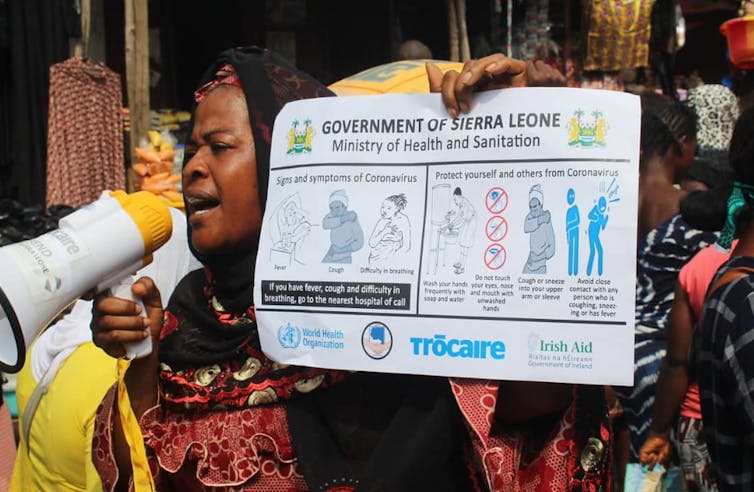
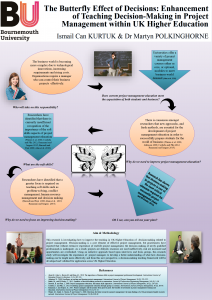








 Monday 8th June 10:00 – 12:00
Monday 8th June 10:00 – 12:00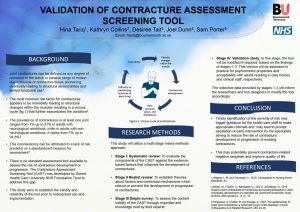
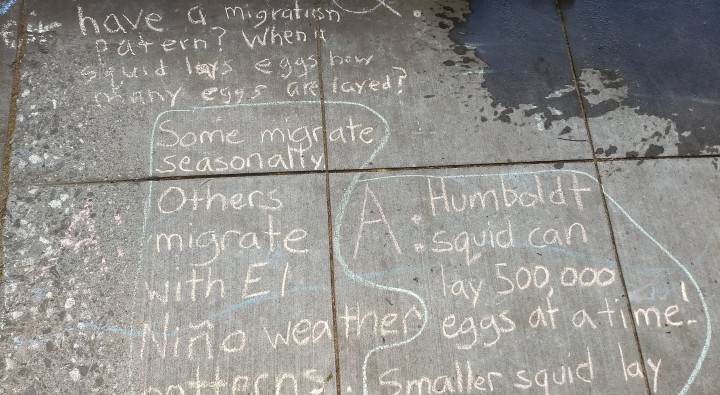

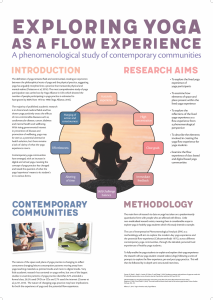











 April’s Café Scientifique – Should we help machines understand and respond to our emotions?
April’s Café Scientifique – Should we help machines understand and respond to our emotions?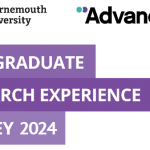 Postgraduate Research Experience Survey (PRES) 2024 – 2 WEEKS LEFT
Postgraduate Research Experience Survey (PRES) 2024 – 2 WEEKS LEFT Working with The Conversation: online training session – Wednesday 8th May
Working with The Conversation: online training session – Wednesday 8th May Apply for up to £1,000 to deliver an event and take part in a national festival of public engagement with research
Apply for up to £1,000 to deliver an event and take part in a national festival of public engagement with research MSCA Postdoctoral Fellowships 2024
MSCA Postdoctoral Fellowships 2024 Horizon Europe News – December 2023
Horizon Europe News – December 2023